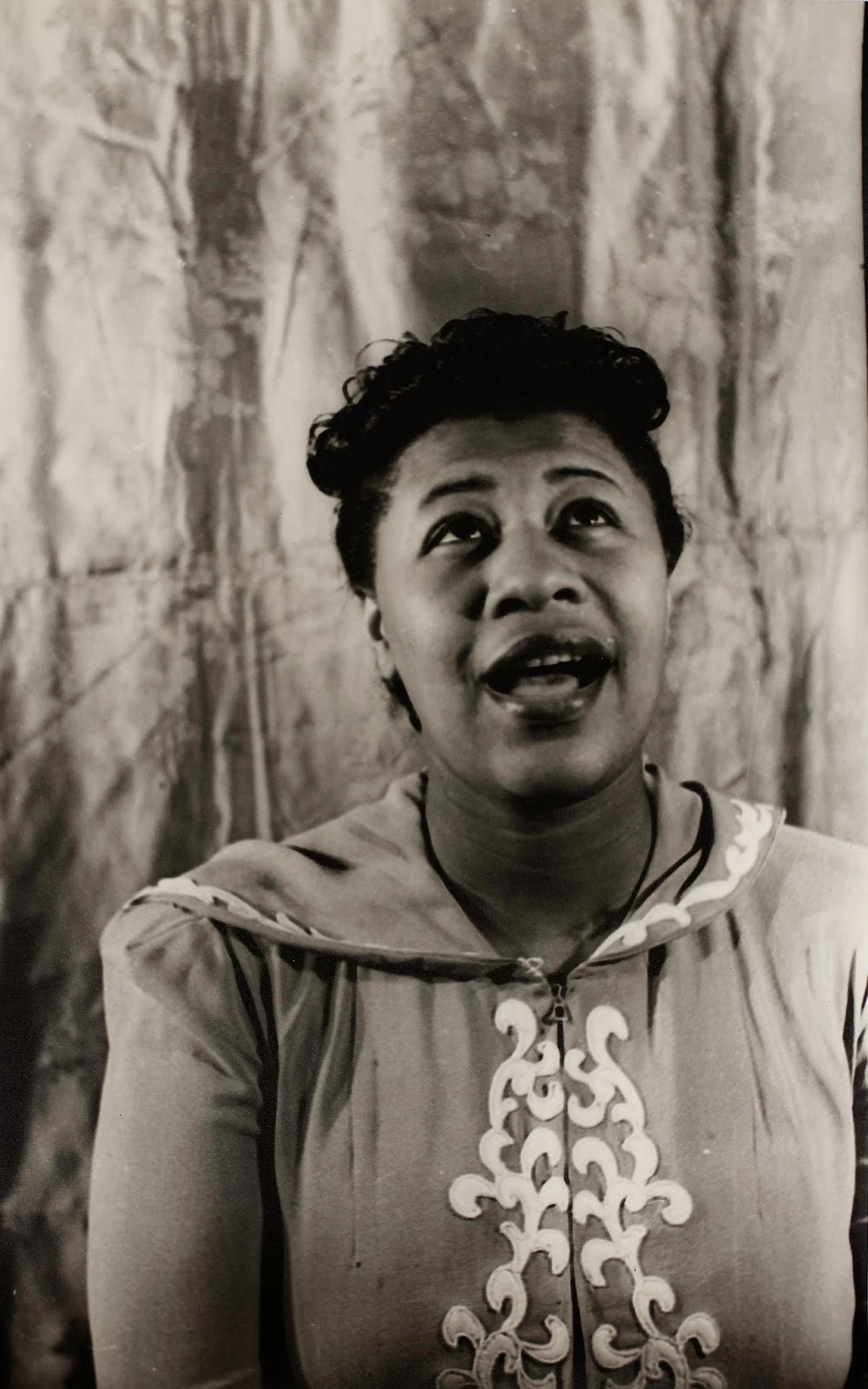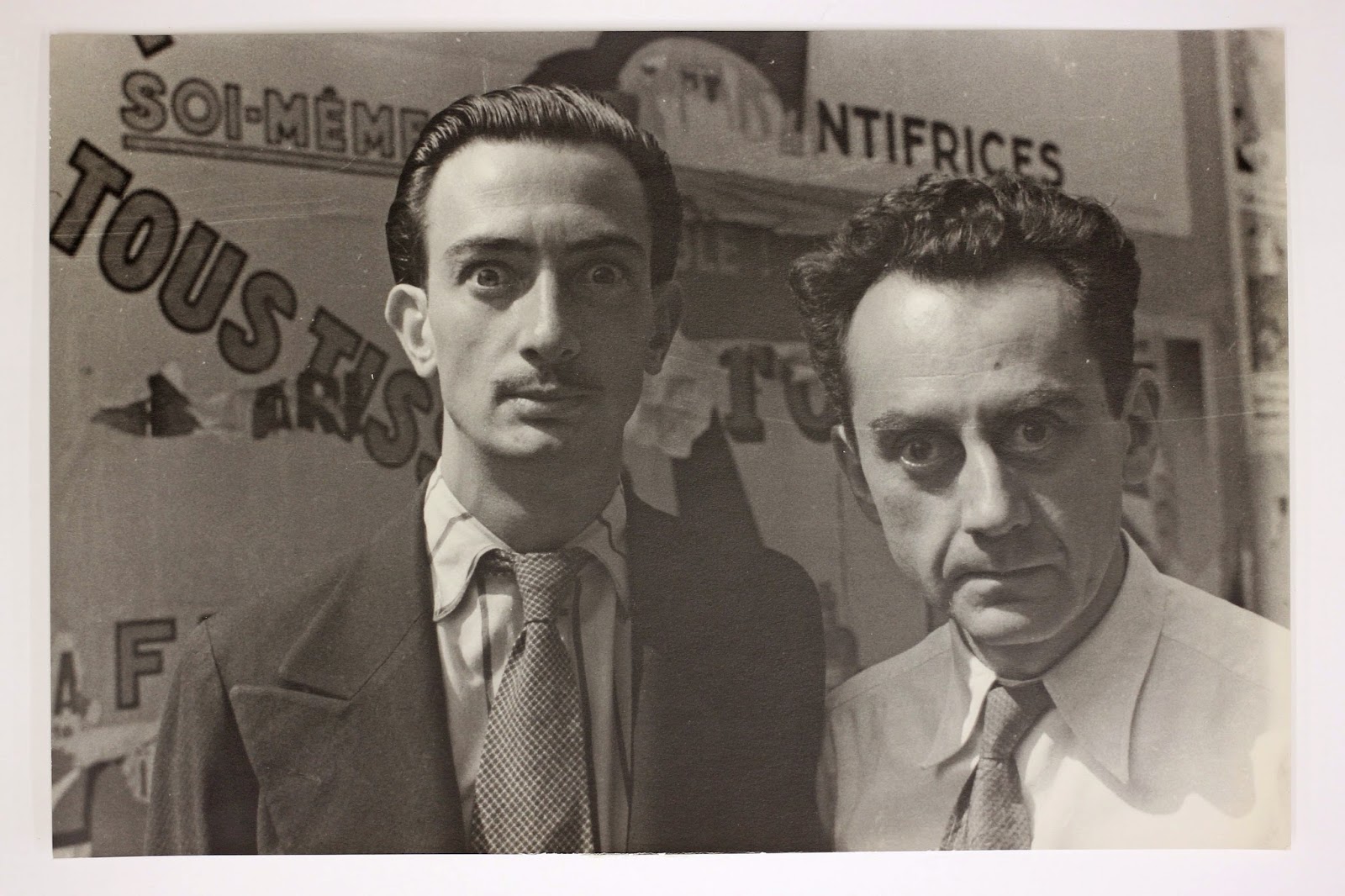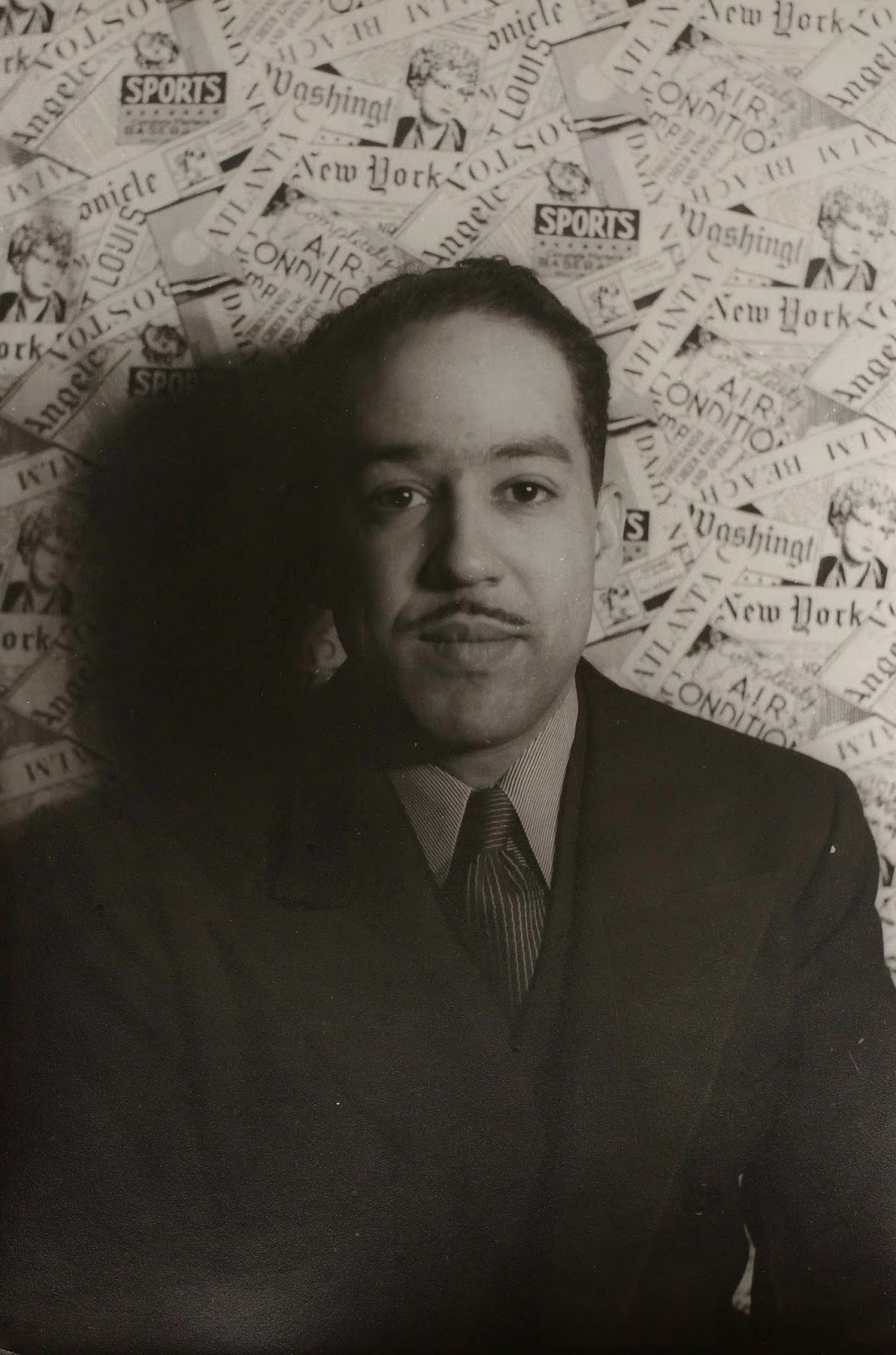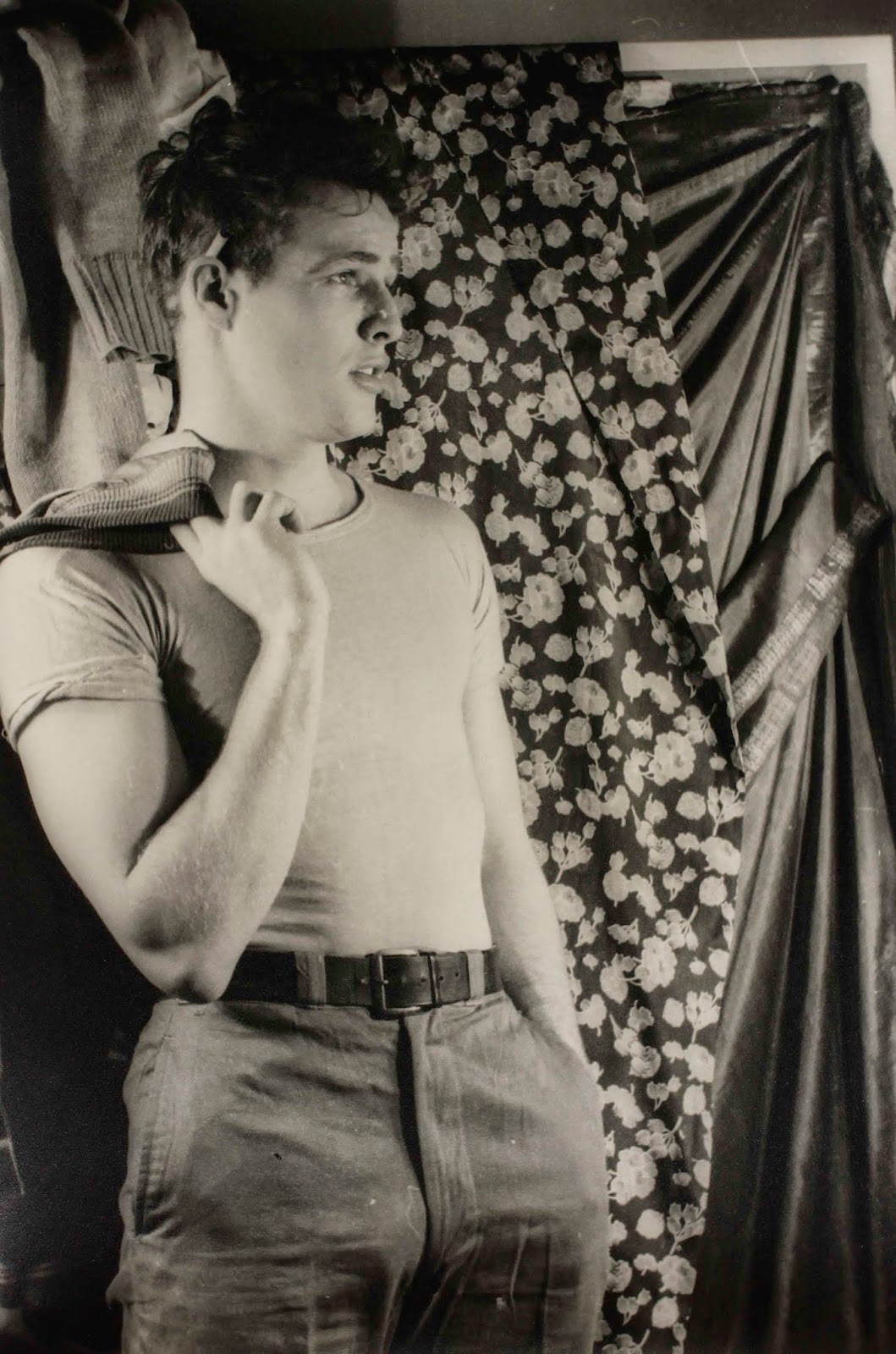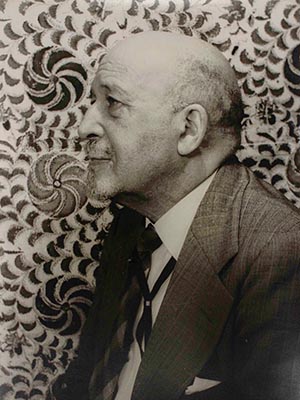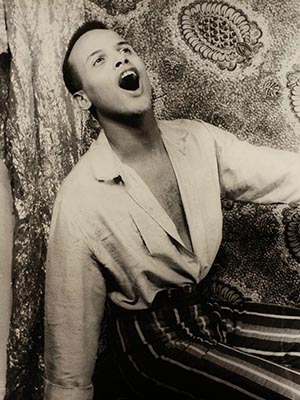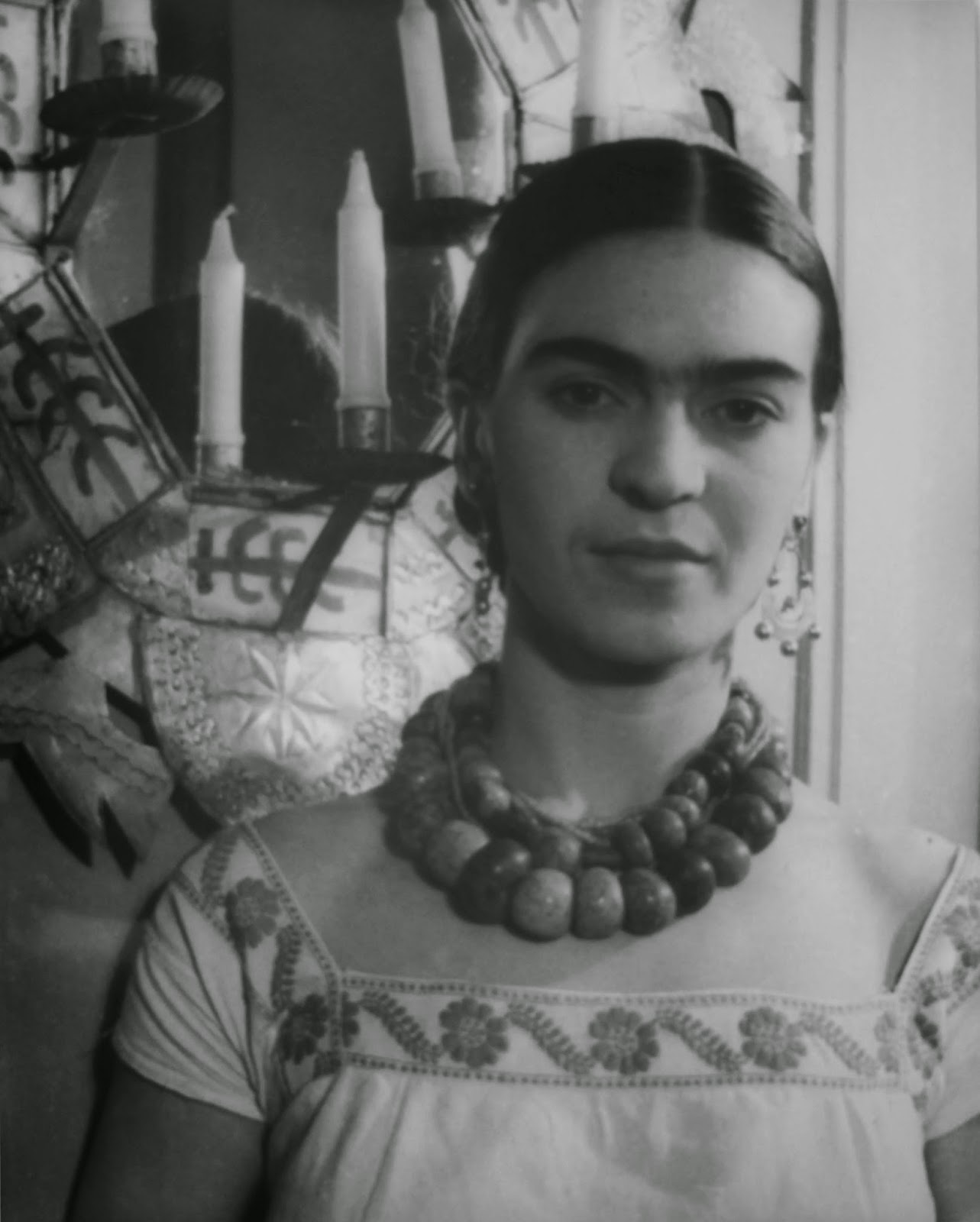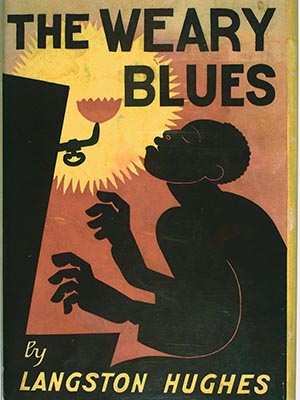Van Vechten Photographs
August 1, 2014
Description by Brittany Joyce, Classical Studies and Italian Studies undergraduate student and Archives and Special Collections assistant.
Brandeis' “Carl Van Vechten photographs, 1932-1964” showcases the work of a man fully immersed in the cultural world of the early 20th century. Van Vechten (June 17, 1880 – December 21, 1964) is best known for his photographic portraiture, for which he used his many famous friends and acquaintances as subjects. Comprising 1,689 of these black-and-white portraits, the collection (donated to Brandeis in 1966 by the executor of Van Vechten’s estate) depicts clearly Van Vechten’s vast knowledge of and influence in the cultural world of his day.
Beginning his career as an arts critic for the New York Times, Van Vechten became acquainted with many of the artistic and intellectual greats of the first half of the 20th century. At times, he even became a newsworthy subject himself, as his eccentric personal style and lifestyle garnered him notice among the fashion and gossip columns. His connections and influence led him to become a patron of the Harlem Renaissance, in which his interest in the arts united with his lifelong interest in black culture.
Van Vechten wrote a number of novels as well as several volumes of literary criticism. His career as a writer granted him access to the major artists and intellectuals of his time, but it is in his photography where his lasting influence is shown. With new portable camera options, affordable film and financial independence secured through an inheritance, Van Vechten took up photography in 1932 without the need to worry about commercial success. In this way, he was able to record a burgeoning era of history as it unfolded, and his work is important for remembering this time and its most prominent cultural figures.
Van Vechten was known for throwing lavish parties that brought his black artist and powerful white friends together, hugely influencing the careers of many during the Harlem Renaissance. One such encounter orchestrated by Van Vechten was that between his close friend (and a leader of the Harlem Renaissance) Langston Hughes, and his friend and editor, Alfred A. Knopf. This meeting resulted in the publication of Hughes’s first book, “The Weary Blues,” for which Van Vechten wrote the introduction (Special Collections holds a rare signed copy). Later, both of these men would appear in Van Vechten’s portraits.
Van Vechten’s portraits reveal the personality of his subjects in a way that only true intimacy can show, and he himself would refer to photography as a way of capturing people. One photo that illustrates the personality of its subjects is that of Salvador Dali and Man Ray. Photographed in front of an exhibit in Paris, the two surrealists give a wide-eyed expression for Van Vechten, reflecting their own work as artists. His subjects appear sometimes in costume, sometimes with wild patterned backgrounds, and sometimes in dramatic poses that reflect their professions.
Subtler shots too reveal something about their subjects, allowing larger-than-life personas to be translated to a static image. Van Vechten shot many of his portraits far from his New York City studio, during his travels abroad to places such as Paris and Florence.
Often his subjects were just on the cusp of stardom when Van Vechten photographed them, which can be seen as evidence of his taste as well as his influence. But Van Vechten caught his subjects before and amid success alike. His 1948 portrait of a young Marlon Brando is from the initial stage run of “A Streetcar Named Desire,” for which Brando would first become famous. Conversely, Van Vechten’s 1946 portrait of W.E.B. Du Bois was taken well into Du Bois’s long career championing civil rights.
Van Vechten’s many portraits illustrate not only the cultural world of his time but his influence in its formation. They provide a rare view into a world as seen by the man who seemed to know everyone in it.
More Information and Resources
See the detailed finding aid for Carl Van Vechten photographs, 1932-1964.
The letters of Langston Hughes and Van Vechten can be found in the library stacks.
The signed copy of “The Weary Blues” is in Special Collections.
